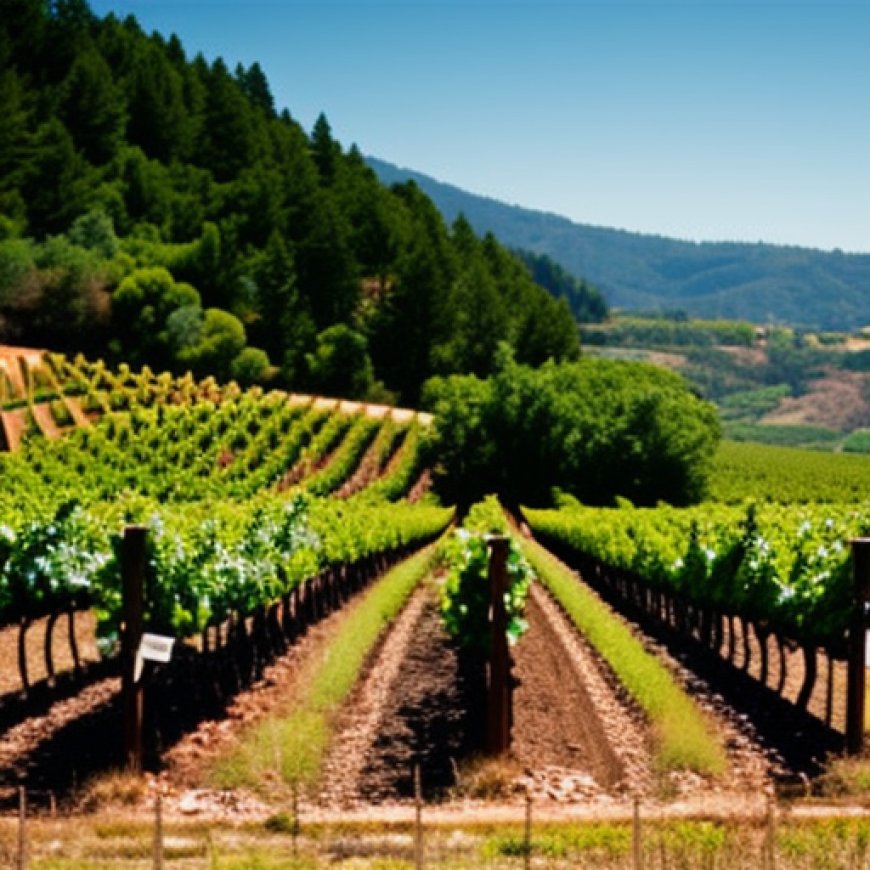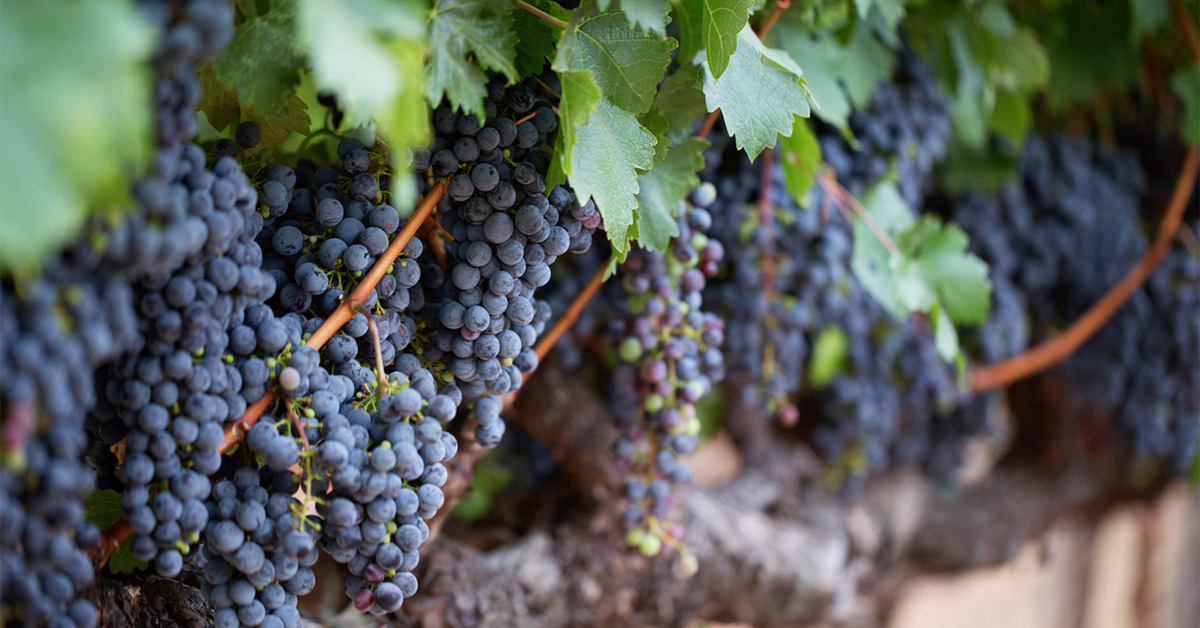Warming Is Shifting Napa’s Wine Growing Season
Warming Is Shifting Napa's Wine Growing Season University of California San Diego



Article Content
The Impact of Climate Change on Wine Grape Growing Season in Napa Valley
The start of wine grape growing season in California’s Napa Valley now comes nearly a month earlier than it used to because of the region’s warming climate, according to a new study from a team led by UC San Diego Scripps Institution of Oceanography researcher Dan Cayan.
Research Methodology and Findings
The research, published online in the International Journal of Climatology on June 29, is based on an analysis of local temperature records spanning 1958-2016 that charts the effects of natural climate variations such as the Pacific Decadal Oscillation and the growing influence of human-caused climate change upon the seasonal rhythms and shorter term temperature extremes in Napa Valley.
Since 2006, Cayan has been working with the Napa Valley Vintners trade association, which funded the new research along with additional support from the National Oceanic and Atmospheric Administration (NOAA) and the U.S. Geological Survey (USGS), to help Napa vintners understand the effects of climate variation and change on their region and on their renowned premium grapevines.
Implications for Napa Valley Vineyard Growers and Wine Producers
The study found that the growing season now starts more than four weeks earlier than it did in 1958. This means that in Napa back around 1958, average daily temperatures typically first exceeded 50 degrees Fahrenheit consistently around April 1. Fast forwarding to 2016, the study finds that the start of the growing season generally occurs around March 1.
For wine growers and makers, this means that wine grapes will also generally mature about a month earlier than they used to in the late 1950s. However, the actual harvest date may vary due to stylistic choices made by vintners.
The study also highlights the warming trend observed in the last 45 days of the growing season, with an increase of more than 3 degrees Fahrenheit during the study period.
Climate Change and Anthropogenic Influence
The warming trend observed in Napa Valley is consistent with changes seen elsewhere in the American West and Pacific Ocean. Western North America has experienced about a 2-degree Fahrenheit increase compared to temperatures in the 1950s. Additionally, warm temperatures have persisted despite the cooler state of the Pacific Decadal Oscillation, suggesting that anthropogenic climate change is playing a role.
Implications for Wine Production and Adaptation Strategies
The advancing start of the wine grape growing season in Napa is a signal of a remarkable seasonal change occurring across the western landscape, likely reinforced by climate change. The study suggests that Napa growers may need to innovate and adopt novel growing practices or introduce heat-tolerant grape varieties to adapt to the changing climate.
Furthermore, the study predicts an additional 1 degree Fahrenheit of warming within the next three decades, along with more significant and frequent bouts of extreme heat. This poses a challenge in producing premium quality wine.
Global Implications
Napa Valley is not alone in facing the challenges posed by climate change. Other wine-growing regions, such as France and Italy, are also experiencing similar forks in the road when it comes to the continued viability of their chosen varieties and systems of agriculture.
Looking forward, it is crucial for California to anticipate the local effects of climate change, especially in regions with sensitive crops like wine. More precise regional climate investigations are needed to understand how changes in transition zones between coastal and inland regions might unfold.
Sustainable Development Goals (SDGs)
- SDG 13: Climate Action – The study highlights the impact of climate change on the wine grape growing season in Napa Valley, emphasizing the need for adaptation strategies and innovative practices to mitigate the effects of warming temperatures.
- SDG 12: Responsible Consumption and Production – The study suggests that the changing climate may require wine producers to introduce heat-tolerant grape varieties, promoting sustainable and resilient agricultural practices.
- SDG 15: Life on Land – The research underscores the importance of understanding the local effects of climate change on sensitive ecosystems, such as vineyards, and the need for region-specific adaptation measures.
Laurel DeHaan and Mary Tyree of Scripps Oceanography, as well as sustainability scientist Kimberly Nicholas of Lund University, were co-authors of the study.
SDGs, Targets, and Indicators
1. Which SDGs are addressed or connected to the issues highlighted in the article?
- SDG 13: Climate Action
- SDG 15: Life on Land
2. What specific targets under those SDGs can be identified based on the article’s content?
- SDG 13.1: Strengthen resilience and adaptive capacity to climate-related hazards and natural disasters
- SDG 13.3: Improve education, awareness-raising, and human and institutional capacity on climate change mitigation, adaptation, impact reduction, and early warning
- SDG 15.1: Ensure the conservation, restoration, and sustainable use of terrestrial and inland freshwater ecosystems and their services
- SDG 15.5: Take urgent and significant action to reduce the degradation of natural habitats, halt the loss of biodiversity, and protect and prevent the extinction of threatened species
3. Are there any indicators mentioned or implied in the article that can be used to measure progress towards the identified targets?
- Temperature records spanning 1958-2016 to analyze the effects of natural climate variations and human-caused climate change on seasonal rhythms and temperature extremes
- Changes in the start of the growing season for wine grapes in Napa Valley
- Changes in the time required to bring wine grapes to maturity
- Occurrence of extreme hot days that may be detrimental to grape quality
- Temperature during the final 45 days before grapes mature, which determines sugar content and flavor
- Reduction in the occurrence of cool extremes and increased occurrence of warm extremes
Table: SDGs, Targets, and Indicators
| SDGs | Targets | Indicators |
|---|---|---|
| SDG 13: Climate Action | 13.1: Strengthen resilience and adaptive capacity to climate-related hazards and natural disasters | – Temperature records spanning 1958-2016 to analyze the effects of natural climate variations and human-caused climate change on seasonal rhythms and temperature extremes |
| SDG 13: Climate Action | 13.3: Improve education, awareness-raising, and human and institutional capacity on climate change mitigation, adaptation, impact reduction, and early warning | – Research and analysis on the effects of climate change on wine grape growing in Napa Valley to raise awareness and inform adaptation strategies |
| 15.1: Ensure the conservation, restoration, and sustainable use of terrestrial and inland freshwater ecosystems and their services | – Study on the implications of temperature variation and change for Napa Valley vineyard growers and wine producers to inform sustainable land use practices | |
| SDG 15: Life on Land | 15.5: Take urgent and significant action to reduce the degradation of natural habitats, halt the loss of biodiversity, and protect and prevent the extinction of threatened species | – Monitoring changes in the start of the growing season, time required to bring wine grapes to maturity, occurrence of extreme hot days, and temperature during the final 45 days before grapes mature to assess the impact on biodiversity and ecosystem health |
Behold! This splendid article springs forth from the wellspring of knowledge, shaped by a wondrous proprietary AI technology that delved into a vast ocean of data, illuminating the path towards the Sustainable Development Goals. Remember that all rights are reserved by SDG Investors LLC, empowering us to champion progress together.
Source: today.ucsd.edu

Join us, as fellow seekers of change, on a transformative journey at https://sdgtalks.ai/welcome, where you can become a member and actively contribute to shaping a brighter future.







